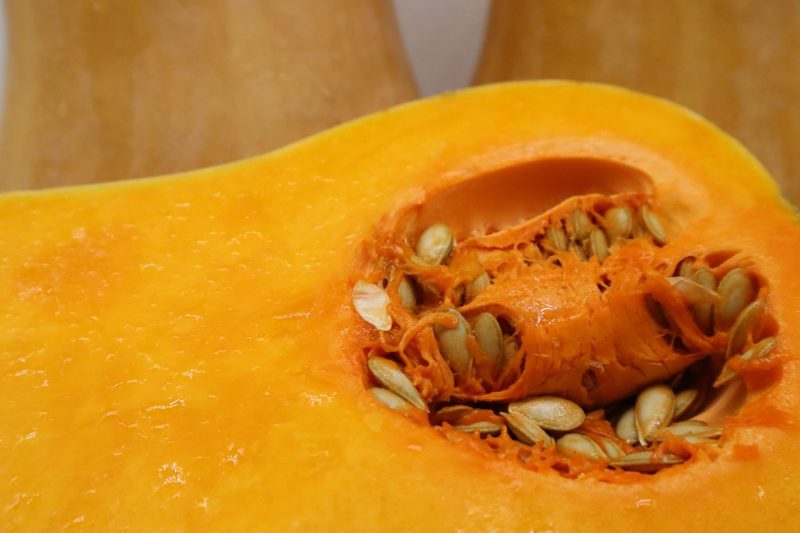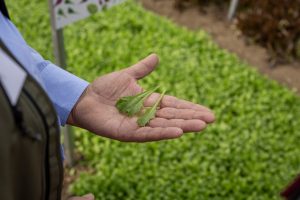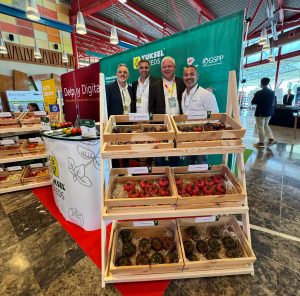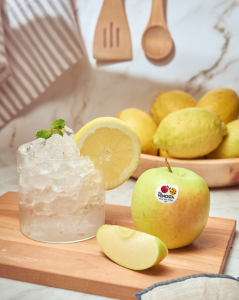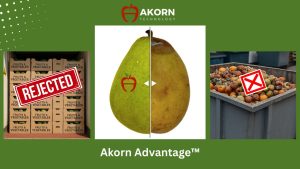Fruit Today magazine talked to Joaquín Navarro, Head of Development for the Pumpkin Line at Sakata, who commented on how consumption is on the rise in many countries, but particularly in Spain
What has changed over the past decade in the pumpkin world?
Today we can produce and maintain Spanish home production, and, therefore, Spanish produce, 12 months of the year. Now we have an instrument that was very necessary, the Love Klabaza association, which promotes pumpkin consumption, not only in Spain, but all over Europe.
The pumpkin campaign follows virtually the same route as melons, starting in Seville, moving on to Murcia and Valencia and ending in Castilla-La Mancha. The Butternut type squash has become a market leader, and, within this category, the Estrella variety stands out. If it were not for this variety, the campaign would end in February; with it, we can continue on to March, April and May. That is to say, it completes the whole cycle.
What characteristics does Estrella have that make it such a good pumpkin?
It is a pumpkin in the same line as Pluto and Ariel, but with around 2 brix degrees more (from 11 to 13), meaning it is sweeter. Its skin is darker, but its best characteristic lies in its post harvest results. Thanks to this, the storage campaign may be extended.
In which direction is Sakata’s latest research moving?
We are concentrating our research on Butternut-type squashes. In Europe the local varieties, and even some other hybrids, are being replaced by Butternut. It adapts to consumers better due to is smaller size, but also to the companies working in the fresh-cut and ready-cooked industries. It has an optimum percentage of dry matter and its skin is easily machine-peeled. In short, it adapts both to consumers and companies.
The Butternut types are taking the importance away from the traditional varieties, along with the hybrids. For example, in France, Butternut is replacing the most traditional variety, Hokkaido. In the United States and in many South American countries, it is the most popular variety. The peanut squash is becoming standard all over the world.
What is happening with the explosion of Fresh-cut and Ready-cooked produce?
The peeling machines on the market adapt very well to Butternut squashes. The industry does not need pumpkins weighing between 8 and 10 kilos, and we have varieties such as Pluto or Atlas in different calibres. Pumpkins have been adapting to the market requirements for a long time now and they are experiencing a surge in consumption.
What are the surface area and production figures in Spain?
Over the past 15 years we have gone from 300 hectares to 3000 hectares of crops. On the Iberian Peninsula as a whole, there are around 4000 hectares that are translated into 150,000 and 200,000 tonnes. However, in recent years we are not growing at the same rate, owing to problems linked to the water shortages.
Between 30% and 40% of the European production comes from the Spanish mainland and this is where the best yields are obtained. In fact, we are the leading country in the world with greatest yield per hectare.
The pumpkin crop is a hardy, easy crop, in which the main disadvantage lies in marketing over the 12 months of the year.
Who are the largest consumers in the world?
In Argentina, they eat around 15 kilos per person/year; in South Africa, around 7 or 8 kilos and in England around 5. Consumption per capita in Spain is around 800 grams per person, which means that we still have a long way to go.
Why is this increase in consumption occurring in Spain?
For several reasons. The first point is that it is a very healthy fruit, with important nutritional properties, rich in vitamins and antioxidants, ideal for low-calorie diets and taking advantage of the healthy eating trend, it is one of the products that are being promoted most by the media. Furthermore, it is a product that has adapted to the new consumption habits, with new formats in Fresh-cut and Ready-cooked ranges. The smaller calibres have had a great deal to do with this success, as they have adapted very well to today’s family units. In relation to the supply chain, they have all been advantageous, as its excellent post-harvest means that there is no wastage on the supermarket shelves, in addition to being able to obtain produce from the same Spanish supplier all year round, making the logistics much easier.
The promotion activities carried out by the Love Klabaza association are also helping to increase this consumption, and not only as a food, but also for other uses, such as Halloween night, where children paint and decorate these pumpkins to be used in this celebration. And of course, it must be added that with Sakata’s new genetics, we will obtain sweeter Estrella-type varieties, with different calibres and that are more productive that benefit end consumers.













